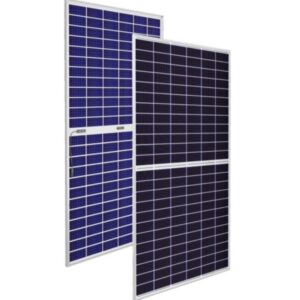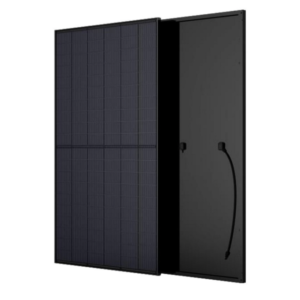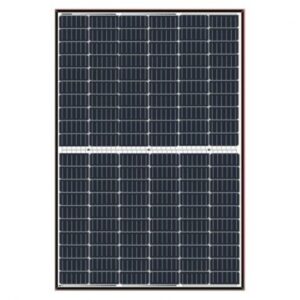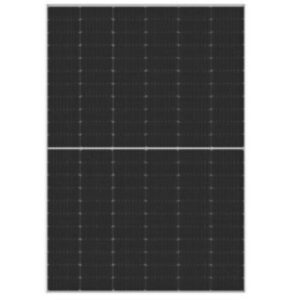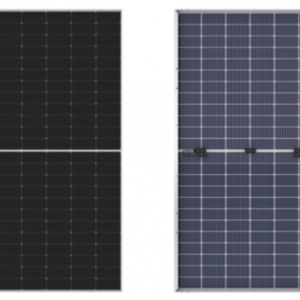Solar power
The use of solar energy is by no means a new concept. Since ancient times, people have utilized the heat and light of the sun for daily survival and production. However, the conversion of solar energy into electricity has only gained particular importance in recent decades. The potential of this form of renewable energy has led to technological developments, marking a significant step towards a greener future. The use of solar energy dates back to ancient cultures that used solutions similar to solar panels to heat their buildings. Still, the concept of solar panels only evolved in the mid-20th century when photovoltaic technology became a reality. The first photovoltaic elements were discovered in the late 19th century, but they were inefficient and expensive to produce. The breakthrough in photovoltaic technology occurred in the 1950s-1960s when NASA used solar panels for its space missions. Subsequent decades saw continuous scientific and technical progress that improved the efficiency of solar panels and reduced production costs.
Solar energy’s conversion to electricity occurs through photovoltaic elements. These elements consist of semiconductor materials that absorb sunlight and release electrons. This, in turn, creates an electric current used in homes and businesses’ electrical systems. In addition to photovoltaic elements, concentrated solar power systems are also used for solar energy production. These systems use lenses or mirrors to collect and focus sunlight onto a single point, raising the temperature. This heat is then used to operate a steam turbine and produce electricity.
Today, solar energy has become a daily part of many communities and households worldwide. Solar panels have become increasingly affordable due to technological advancements and increased demand. Both the price and sales of solar panels reflect this trend, with more and more people choosing them as their energy source. Solar panels have also become an integral part of architecture, integrated into roofs and walls. Installing solar panels on a roof or wall allows buildings to become energy self-sufficient, reducing reliance on traditional energy sources. The solar energy revolution has shown that converting sunlight into electricity is central to the future. This environmentally friendly and sustainable energy source plays a crucial role in our transition to cleaner and greener energy production. The price and sales of solar panels have become increasingly attractive as technological advancements have reduced their production costs. Many people are looking for opportunities to purchase and install solar panels in their homes, especially on roofs, as it allows them to produce their electricity and save on energy costs in the long run.
Products
Showing all 5 results
-
saleOriginal price was: €219.00.€182.45Current price is: €182.45.
JINKO Bifacial Photovoltaic panel 535W (silver colour)
Renewable energy, Solar power -
saleOriginal price was: €197.00.€164.07Current price is: €164.07.
Longi Solar 405W Photovoltaic panel FULL BLACK-mono in Half Cut + PERC technology (black)
Renewable energy, Solar power -
saleOriginal price was: €198.00.€164.76Current price is: €164.76.
Longi Solar photovoltaic module 495W HIH (black)
Renewable energy, Solar power -
saleOriginal price was: €196.90.€166.42Current price is: €166.42.
Longi Solar photovoltaic module 500W HIH (black)
Renewable energy, Solar power -
saleOriginal price was: €209.90.€188.38Current price is: €188.38.
Longi Solar photovoltaic module 540W Bifacial (silver)
Renewable energy, Solar power
Showing all 5 results
